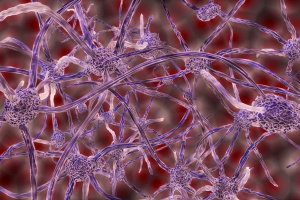The bilingual adaptation: How minds accommodate experience
According to some estimates, more than half of the world's population speaks more than one language. It would not be surprising to discover interactions between bilingualism and cognitive and neurological processes given the importance of language use in human experience and the profound connections between linguistic and nonlinguistic processing.
According to some estimates, more than half of the world's population speaks more than one language. It would not be surprising to discover interactions between bilingualism and cognitive and neurological processes given the importance of language use in human experience and the profound connections between linguistic and nonlinguistic processing. In 2017 Ellen Bialystok evaluated the evidence for systematic changes in brain and cognitive systems that can be attributed to bilingualism using the paradigm of experience-dependent plasticity. The review discussed research that used behavioral and neuroimaging methodologies to investigate the relationship between bilingualism and cognition in infants and children, younger and older adults, and patients. Studies that focus exclusively on linguistic abilities were excluded because they provided a minor contribution to the essential question of experience-dependent changes in cognition. Despite the fact that the majority of the research addressed in the review showed a link between bilingualism and cognitive or brain results, other fields of study, particularly behavioral studies with young adults, largely failed to reveal these benefits. Those disparities were examined and evaluated in terms of methodological and conceptual difficulties. The final section suggested an "executive attention" account to explain the spectrum of study findings and to put forth an agenda for the next stages in this discipline.
To summarize, the majority of research with children based on tests employed in the analysis of executive functioning demonstrated that bilinguals outperformed comparable monolinguals. There were a few studies that demonstrated no differences between groups, however three of those studies covered an exceptionally wide age range without providing convincing control over the impact of age in performance. Despite the fact that both processes were considered measures of inhibition, studies based on response inhibition (e.g., go/no-go task) rather than conflict resolution (e.g., flanker task) often revealed no difference across group.
Bialystok, E. (2017). The bilingual adaptation: How minds accommodate experience. Psychological Bulletin, 143(3), 233–262.
Psychological Bulletin © 2017 American Psychological Association
2017, Vol. 143, No. 3, 233–262





Related Posts